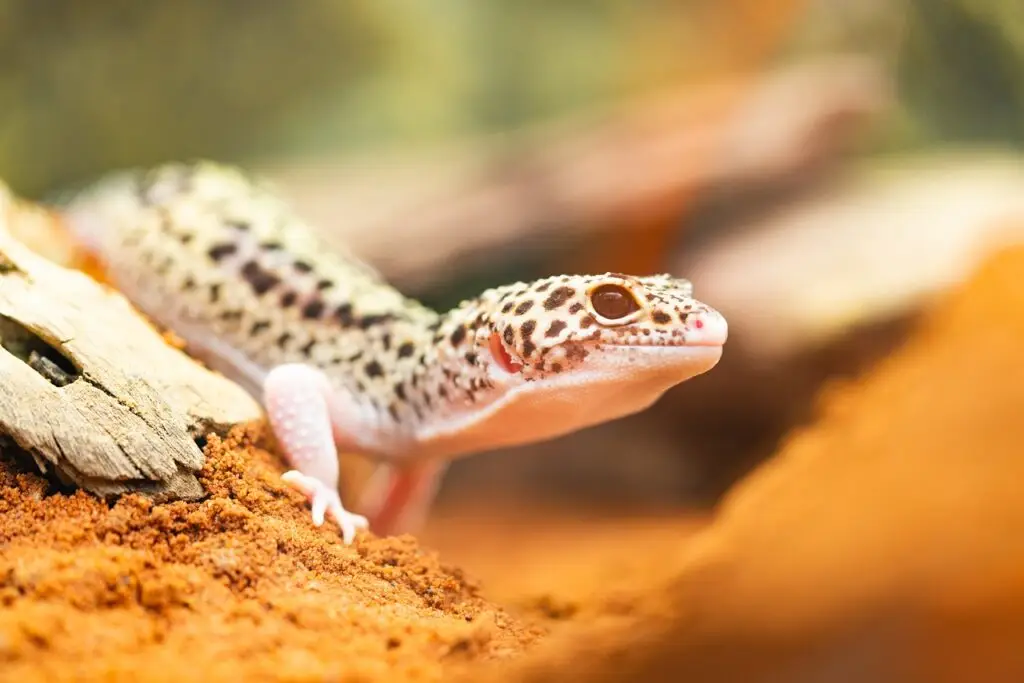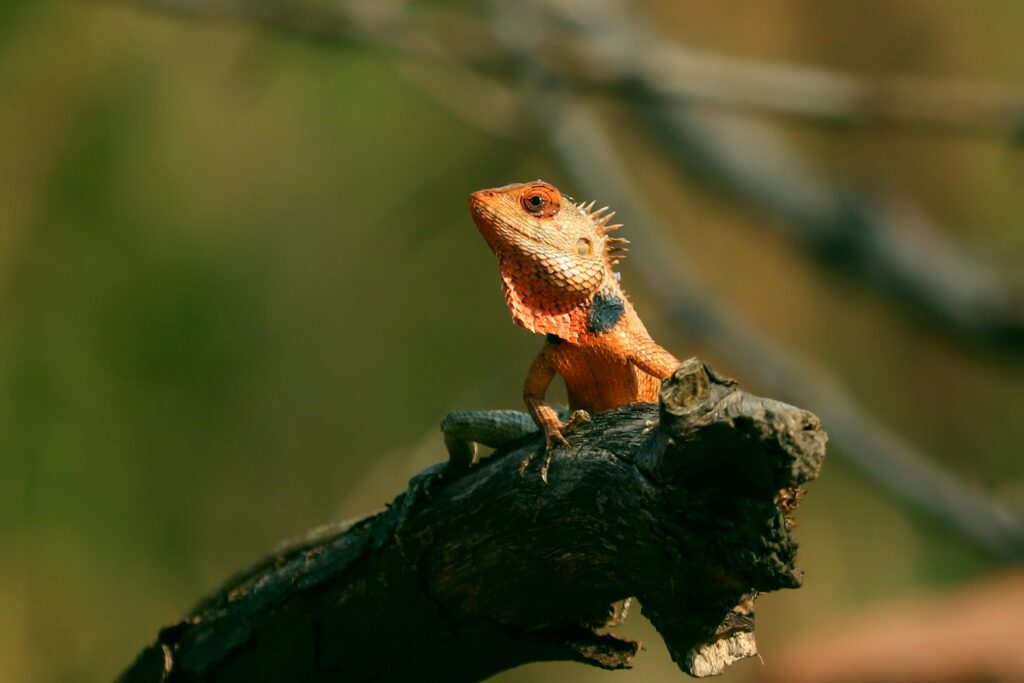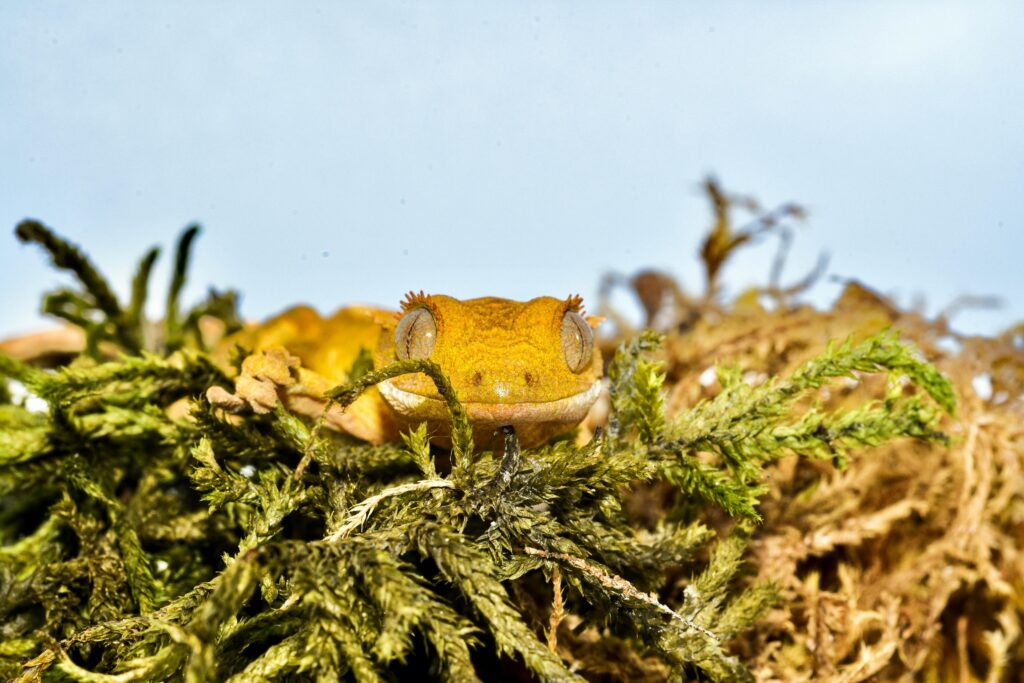Zanzibar Sea Turtles: A Guide to Conservation, Species, and Challenges
1. Introduction to Zanzibar’s Marine Ecosystem
Zanzibar, a tropical archipelago off the Tanzanian coast, boasts a rich sea ecosystem with coral reefs, vibrant fish, and sea mammals. At the center of this sea paradise are sea turtles, which are keystone species that are vital to the health of seagrass beds, coral reefs, and nutrient dynamics. Their presence means that the system is in equilibrium, and thus their survival becomes vital for nature and fishing and tourism-based communities.
2. Learn About the Sea Turtles of Zanzibar
Green Turtles (Chelonia mydas)
- Role: Graze on seagrass, keeping reefs healthy.
- Characteristics: Herbivorous, heart-shaped shell, weighing up to 200 kg.
- Nesting: Lay 50–200 eggs per nest on eastern beaches.
Hawksbills (Eretmochelys imbricata)
- Role: Keep sponge numbers in check on coral reefs.
- Traits: Iconic amber-colored shells, 30–80 kg, favor secluded nesting beaches.
Loggerheads (Caretta caretta)
- Role: Break hard-shelled prey such as conchs.
- Traits: Huge heads, 80–200 kg, less frequent in Zanzibar.
Leatherbacks (Dermochelys coriacea)
- Role: Jellyfish predators, regulating blooms.
- Traits: Largest species (up to 700 kg), migrate through waters of Zanzibar.
3. Threats to Survival

Human Activities
- Poaching: Locally consumed meat and eggs, in spite of chelonitoxism risks (fatal poisoning).
- Coastal Development: Wipes out nesting beaches, driving turtles away.
- Pollution: Plastic consumption and habitat destruction.
Climate Change
- Temperature changes: Distorts hatchling sex ratios (warmer nests = higher proportion of females).
- Sea-level rise: Destroys nesting beaches.
- Food shortage: Changes prey availability.
4. Conservation Initiatives
Community-Led Efforts
- Education: Workshops lower poaching by emphasizing health threats and ecological functions.
- Eco-tourism: Encourages turtle protection through sustainable livelihoods.
Nesting Protection
- Egg relocation: Protects nests from predators and inundation.
- Monitoring: Monitors nesting success and population dynamics.
Sanctuaries & Rehabilitation
- Baraka Aquarium & Mnarani Pond: Rescue injured turtles, take care of them, and educate visitors.
5. Swimming with Turtles: Responsible Tourism
- Top Spots: Baraka Aquarium and Mnarani Pond offer responsible experiences.
- Guidelines:
- Do not touch or chase the turtles.
- Do not feed them unauthorized food.
- Respectful distance is maintained.
6. Case Studies & Challenges
- 2024 Tragedy: Eight children died as a result of chelonitoxism on Pemba Island, reinforcing the dangers of eating turtle meat.
- Success Stories: Rehabilitated turtles, including those rescued from fishing nets, are released every year.
7. Future Outlook
- Policy Gaps: Strengthening anti-poaching law and law enforcement.
- Climate Action: Protection of nesting beaches from advancing seas.
- International Support: Sponsoring of research and community initiatives.
8. How You Can Help
- Shun turtle products: Refuse meat, shell, or egg.
- Support responsible tours: Select operators with a clear conscience.
- Donate: Support sanctuaries such as Baraka Aquarium.
- Raise awareness: Share stories to enhance conservation activity.
Final Thought
Zanzibar sea turtles protect marine health. When we protect them, we protect the future of the ocean—and ours.
Zanzibar sea turtles, turtle conservation, chelonitoxism, green turtles, hawksbill turtles, leatherback turtles, Zanzibar marine life.
Yuns Legdm is a passionate advocate for pet care and the founder of this website, dedicated to providing valuable information for fellow pet lovers and veterinary professionals worldwide. With a deep love for animals, Yuns created this platform to connect passionate pet owners with expert insights from veterinarians around the globe.
This website grows with you—the passionate pet owners and veterinary experts—creating a trusted space where knowledge, experience, and love for animals come together. Whether you’re seeking advice on pet health, nutrition, or general well-being, this platform is here to support you on your journey of responsible and loving pet care.





